- Furniture Decor
- 0 Comments
While the allure of classic, timeless design remains strong, there's something uniquely thrilling about discovering the latest trends in furniture and home decor. The excitement of refreshing your living space with new and innovative ideas never seems to fade. Each year introduces a fresh wave of trends that can transform your home into a stylish and modern haven. Whether it involves updating your sofa, adding an eye-catching side table, or embracing bold new colors and materials, the world of interior design continues to evolve, offering endless inspiration to reimagine and rejuvenate your living spaces.
If you’ve been considering a home makeover or simply have a keen interest in the latest interior decor trends, this guide is here to help. It explores the most captivating furniture trends that are currently captivating both designers and homeowners. From innovative materials to cutting-edge aesthetics, these trends offer exciting opportunities to reinvent your space while balancing modern innovation with timeless elegance.
As we venture into the future of interior design, now is the ideal moment to explore and incorporate these trends into your home. To assist you in this journey, we’ve curated an extensive list of the top furniture trends that are making significant waves in the design world. With detailed insights and practical tips, you’ll be well-prepared to infuse new energy into your living spaces and create a home that reflects the latest design innovations.
Eco-Friendly Materials: Embracing a Greener Design Philosophy
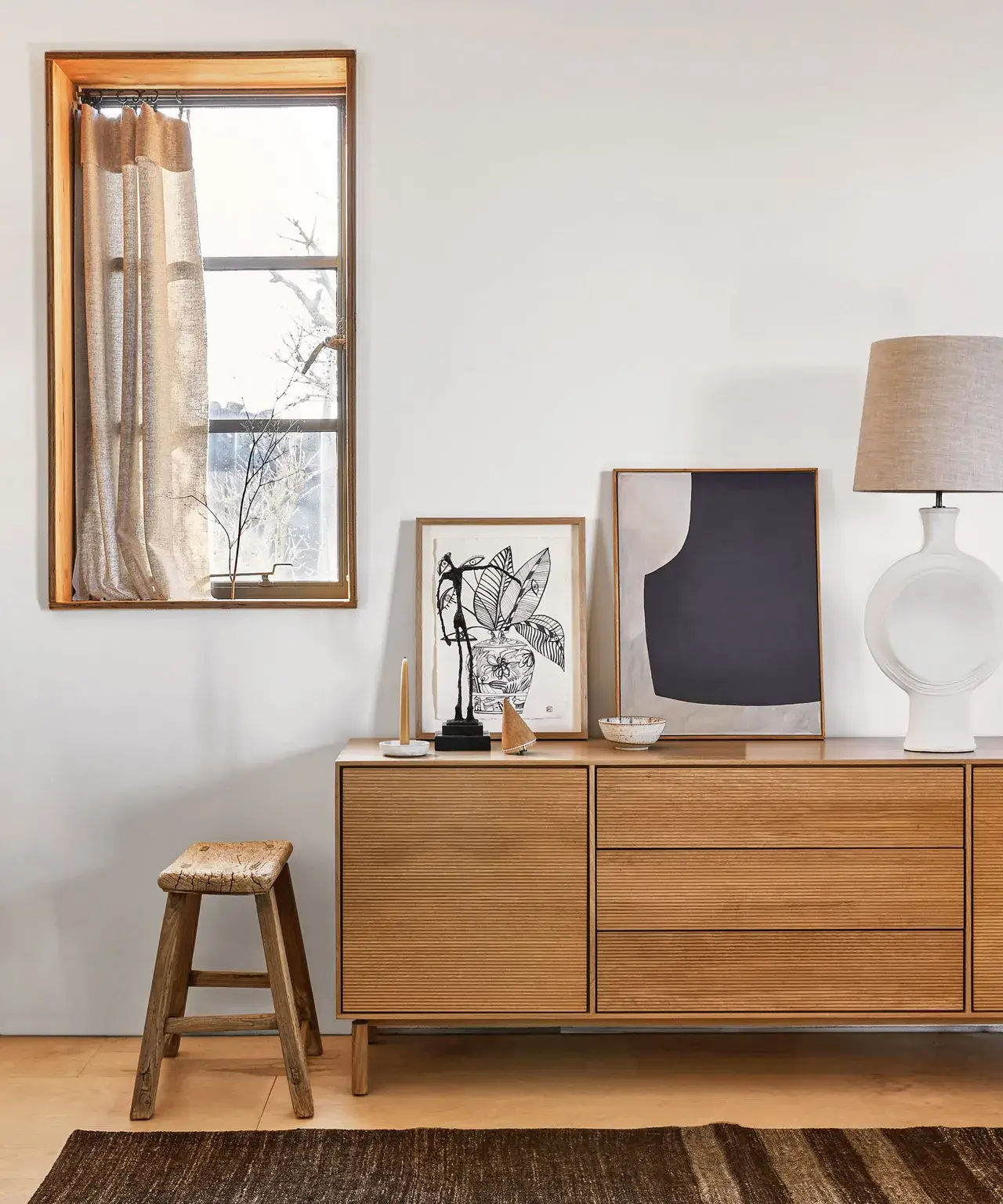
In recent years, the emphasis on sustainability has significantly influenced various industries, and furniture design is no exception. As awareness of environmental issues grows, there has been a noticeable shift towards the use of sustainable materials. This trend is reflected in furniture made from reclaimed wood, recycled textiles, and other eco-friendly production techniques. The move towards sustainability is not just a fleeting trend; it's a fundamental shift in how we approach design.
Consumers are increasingly seeking ways to minimize their environmental footprint, and opting for durable, eco-conscious furniture is a meaningful step in that direction. Investing in well-made, long-lasting pieces not only reduces waste but also contributes to a more sustainable future. This growing preference for greener choices is evident in the rising popularity of furniture crafted from organic, renewable materials.
The focus on sustainability does not necessitate sacrificing style. Many contemporary brands have embraced this trend by creating aesthetically pleasing and stylish pieces that seamlessly integrate with modern interiors. Materials such as bamboo, reclaimed wood, and natural stone are becoming essential elements in furniture design. These materials not only support environmental sustainability but also impart a natural, earthy charm to your space, making it both eco-friendly and visually appealing.
Top Furniture selected products
| Image | Description | Link |
|---|---|---|
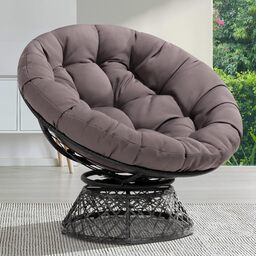
|
Experience comfort and style with the Bme 40" Ergonomic Wicker Papasan Chair:
This versatile chair is a stylish addition to any room, easy to assemble, and comes with all necessary accessories and excellent customer support. |
View on Amazon |
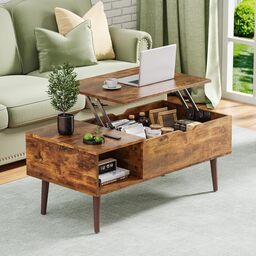
|
Upgrade your space with the OLIXIS Modern Lift Top Coffee Table:
This coffee table is easy to assemble with included tools and instructions, making it a stylish and functional addition to any living room. |
View on Amazon |
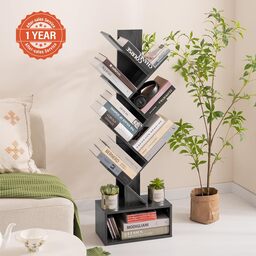
|
Discover the versatility of the Yoobure Tree Bookshelf:
Easy to assemble and clean, this bookshelf is a practical and stylish addition to any room. |
View on Amazon |
Elegant Curves: Softening Modern Interiors with Fluid Shapes
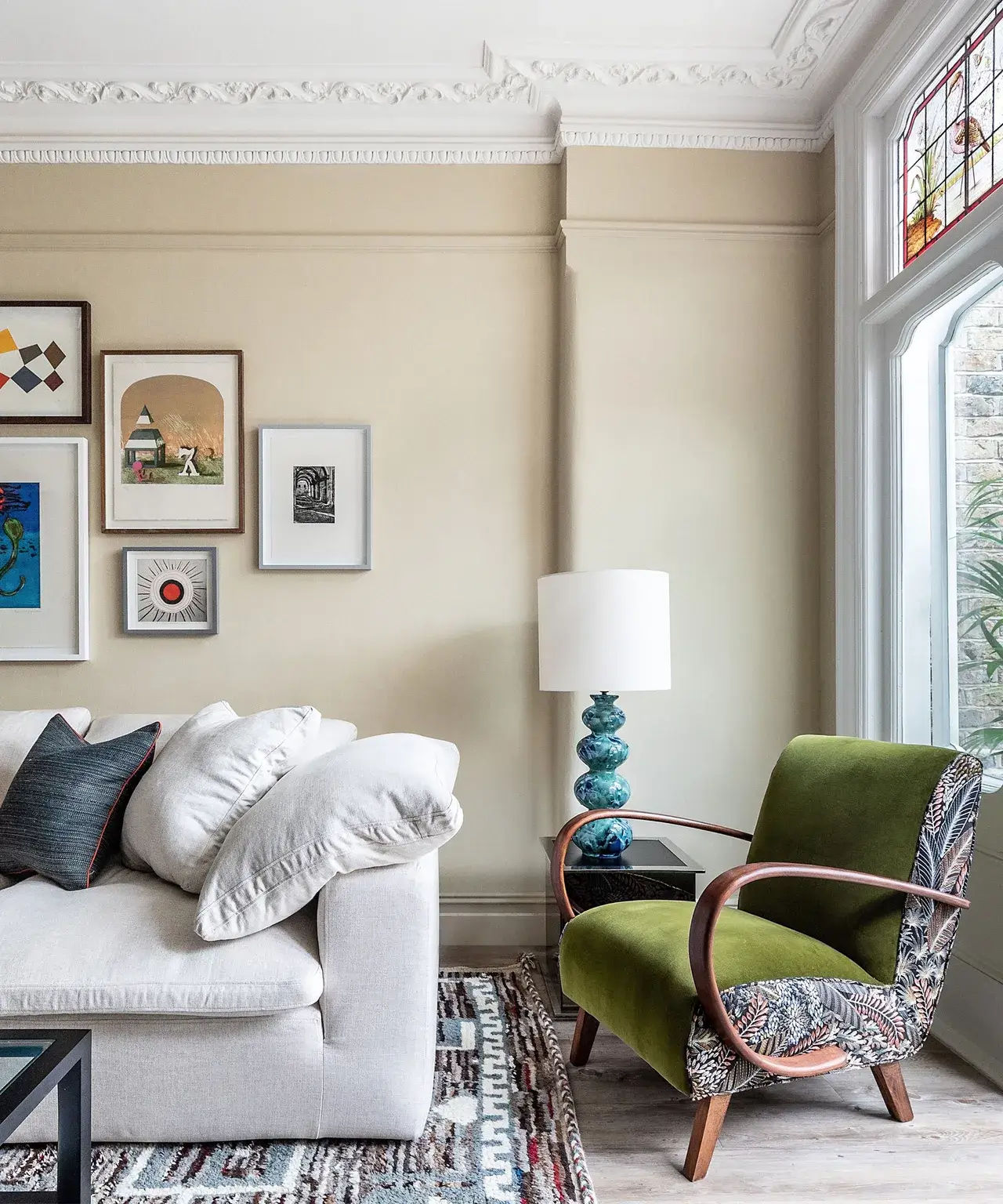
The modern home is increasingly moving away from rigid formalities towards creating spaces that emphasize relaxation and social interaction. Curved furniture plays a significant role in this shift, providing a softer and more inviting aesthetic compared to the sharp angles and straight lines that once dominated interior design.
Incorporating curved furniture, such as a plush, rounded sofa or a subtly curved coffee table, can transform the overall look of your space. Curves are visually appealing and functional, fostering a sense of flow within your rooms that can make them feel more open and welcoming. In smaller spaces, curved furniture can help create the illusion of additional space by avoiding the sharp lines that can make a room seem confined.
According to Juliette Thomas, founder and director of Juliettes Interiors, "Curved furniture, particularly sofas and armchairs, will continue to gain popularity. These pieces, often covered in light, textured fabrics like bouclé, are ideal for infusing warmth and comfort into any living area. Neutral tones such as creams and whites will remain favored choices, further enhancing the soft, inviting nature of these furnishings."
Nature-Inspired Design: Bringing the Outdoors Inside
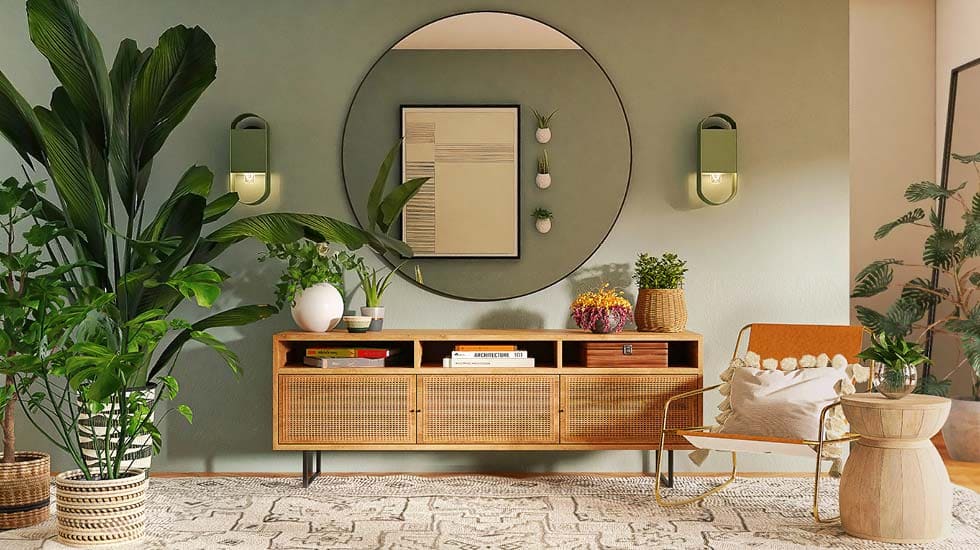
Biophilic design is based on the principle that humans have an inherent connection to nature. Integrating natural elements into our indoor environments promotes a sense of well-being and tranquility. This design philosophy employs natural materials such as wood, stone, and plants to create soothing, harmonious spaces that reflect the beauty of the natural world.
As our lives become increasingly dominated by technology, many people are seeking ways to reconnect with nature. Biophilic design provides a means to bring the outdoors indoors, crafting spaces that feel grounded and serene. This approach goes beyond merely placing a houseplant in a room—it involves designing environments that evoke the textures, colors, and rhythms of the natural world.
Materials like wood, wool, and ceramics offer a tactile experience that is often lacking in synthetic settings. These natural materials not only enhance the aesthetic appeal of a space but also add a layer of texture that contributes warmth and character. Designer Kate Blee highlights the importance of natural materials, noting that "often, the least processed materials elicit the deepest emotional responses." Whether it’s the smooth finish of polished stone or the rough texture of wood, these natural elements can create a calming and comforting atmosphere.
Retro Revival: Infusing 70s Vibes with Contemporary Flair
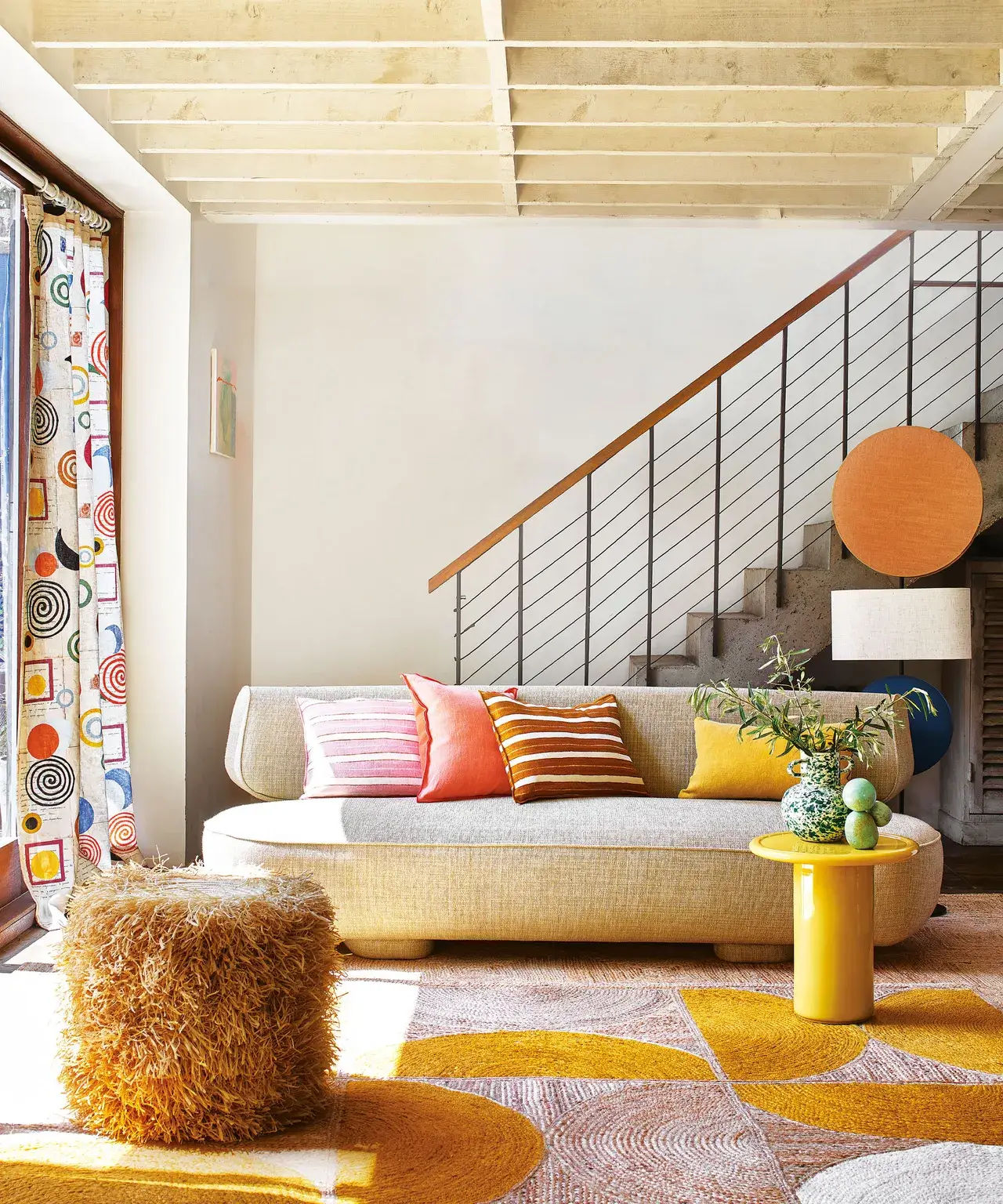
Retro design is experiencing a resurgence, with the 1970s emerging as a prominent source of inspiration for modern interiors. Although the 70s were known for their bold and sometimes eccentric design choices, contemporary reinterpretations of this era adopt a more refined approach, merging retro elements with modern sensibilities.
Features such as orange accents, bronze finishes, and acrylic furniture are making a comeback in today's interiors. Martin Waller, founder of the global design brand Andrew Martin, observes that "what was once considered the decade that taste forgot has now become a wellspring of creative inspiration." The energetic and bold aspects of 70s design are being reevaluated, allowing designers to infuse a fresh, modern perspective into the exuberant aesthetics of this iconic decade.
From shag carpets to modular furniture, 70s design emphasized comfort and personality. However, the modern approach balances these nostalgic elements with clean lines and contemporary materials, resulting in a look that is both refreshing and familiar. This blend of retro and modern creates a playful yet sophisticated way to update your space.
Thrifted and Vintage Treasures: Combining Sustainability with Unique Style
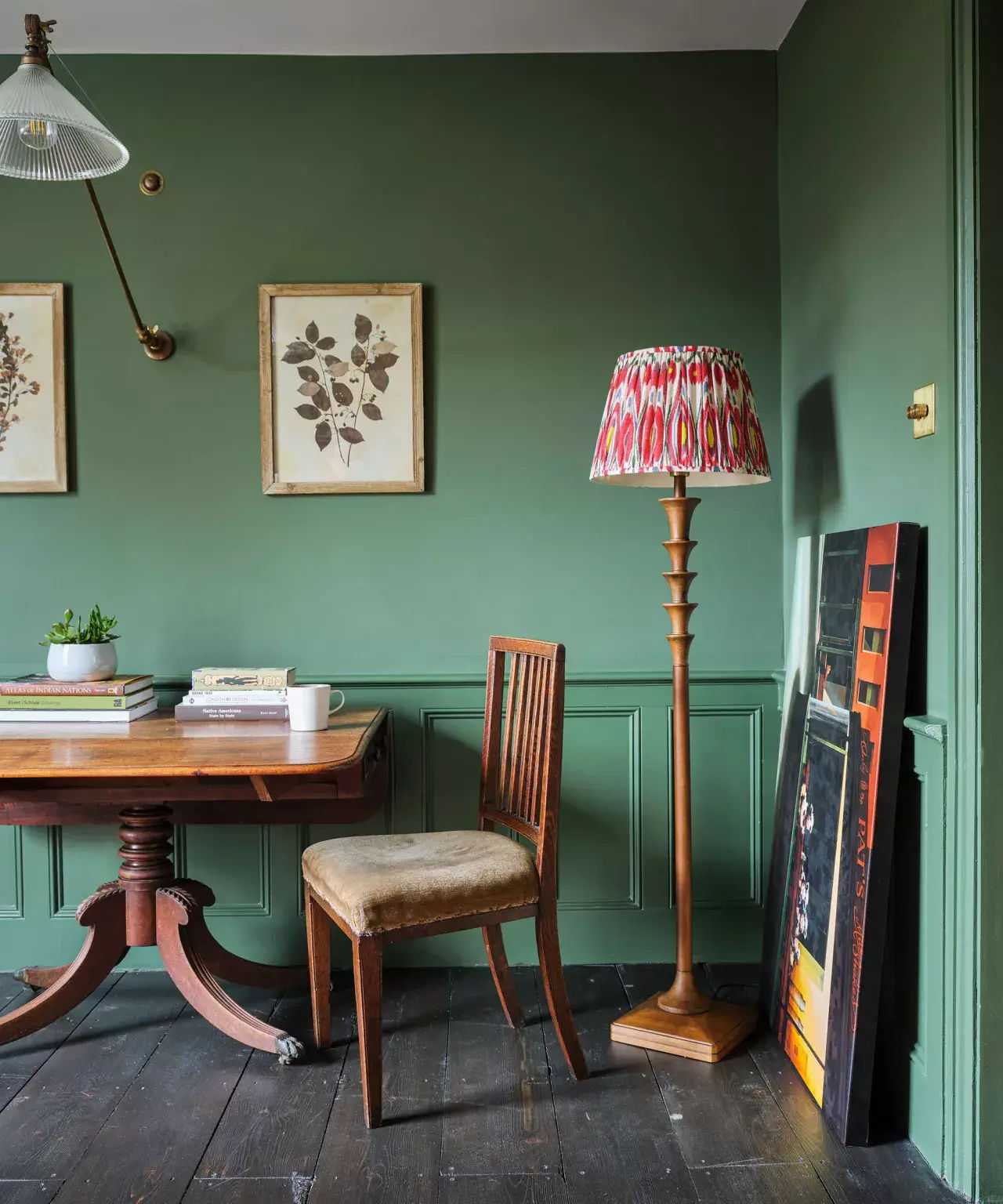
With sustainability becoming a core theme in interior design, it's no surprise that vintage and thrifted furniture is experiencing a revival. More people are turning to pre-loved pieces to add character and history to their homes while minimizing their environmental impact.
Vintage furniture possesses a charm and uniqueness that new pieces often cannot replicate. Whether it's a mid-century modern coffee table or a well-worn leather armchair, these finds imbue a room with a sense of history and individuality. Additionally, the process of searching for the perfect vintage piece can be both enjoyable and rewarding, allowing you to create a space that feels genuinely personal.
Statement Stone: Luxurious Natural Materials for a Bold Impact
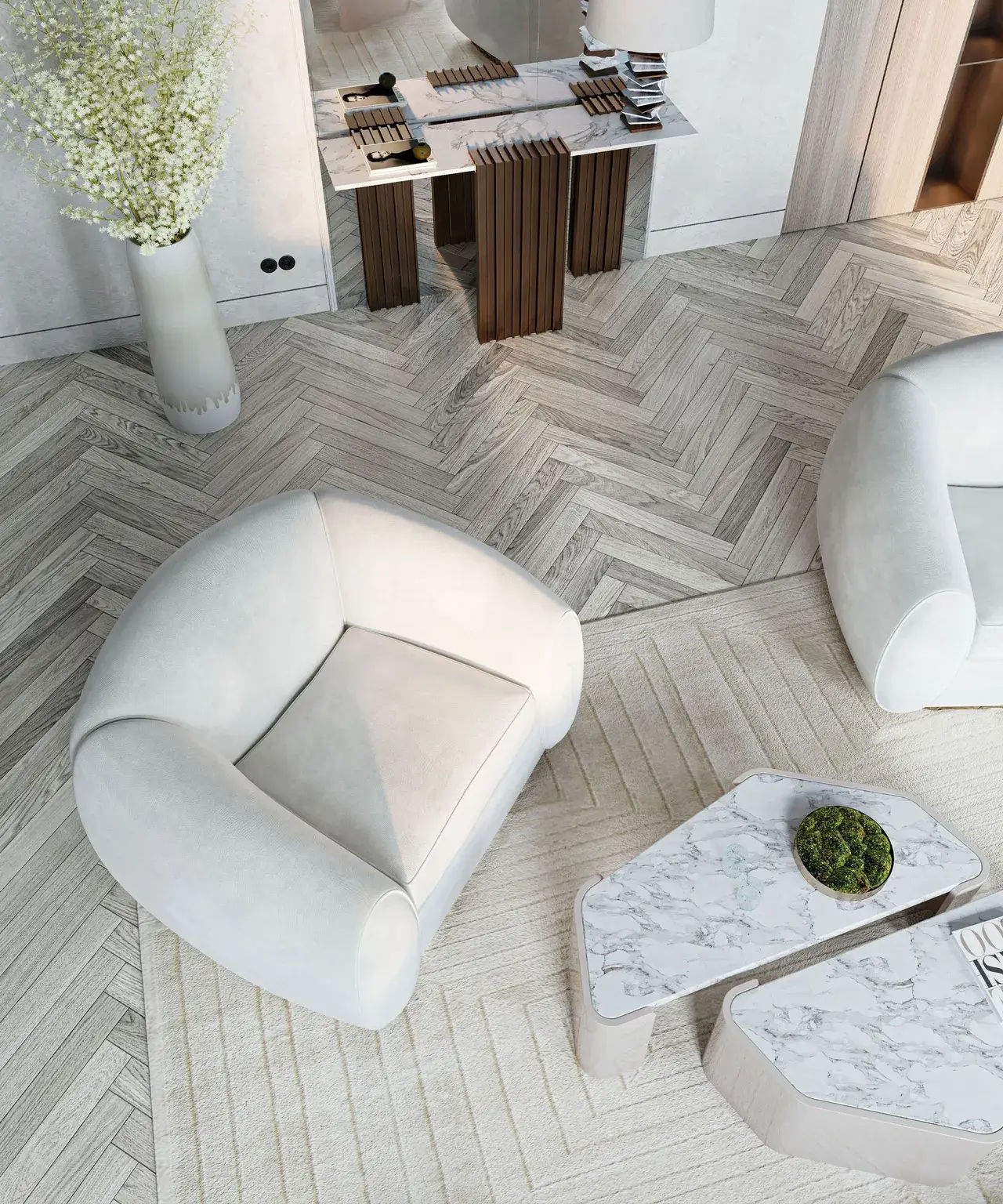
Natural stone materials like marble and granite have long been esteemed for their beauty and durability, and their appeal remains strong. Traditionally used mainly in kitchens and bathrooms, these luxurious materials are now being increasingly incorporated into living rooms, dining areas, and even bedrooms.
Marble, in particular, is a designer favorite due to its versatility and timeless elegance. Whether used as a striking tabletop or a dramatic fireplace surround, marble adds a touch of opulence to any space. The organic patterns and unique veining of natural stone ensure that each piece is one-of-a-kind, making every stone element in your home distinct and special.
Curated Collections: Personalizing Your Space with Thoughtful Selections
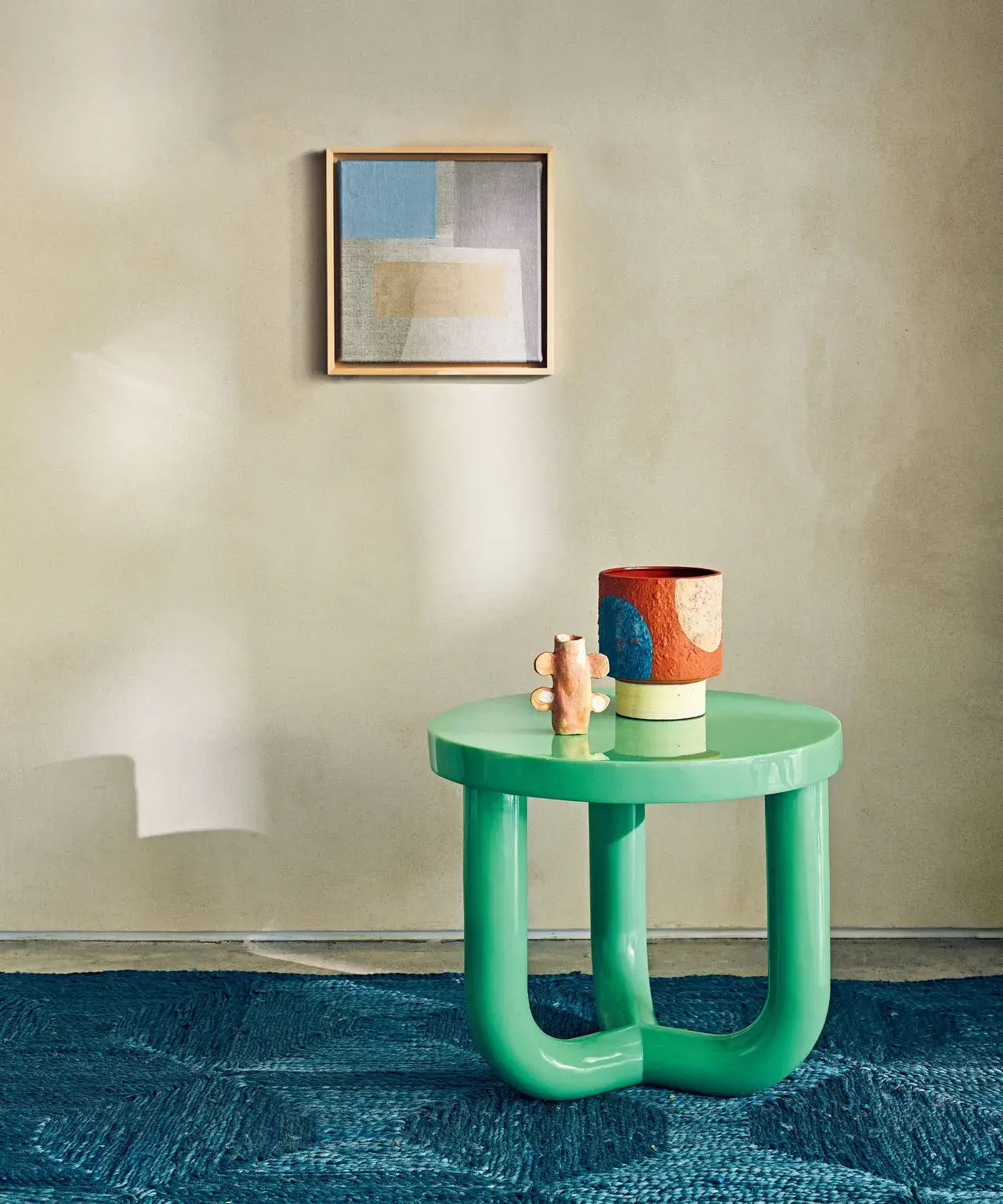
The trend towards thoughtfully curated interiors is gaining traction as individuals increasingly focus on creating spaces that reflect their personal style and values. Rather than populating a room with mass-produced items, many are opting for unique, carefully selected pieces that tell a story.
This approach promotes a more mindful decorating process, where each item in your home is chosen for its quality, craftsmanship, and emotional significance. Whether it’s a cherished family heirloom, a piece of vintage furniture, or a handmade work of art, these thoughtfully chosen items contribute to a home that feels intentional and meaningful.
Modern Metallics: The Return of Silver, Chrome, and Steel
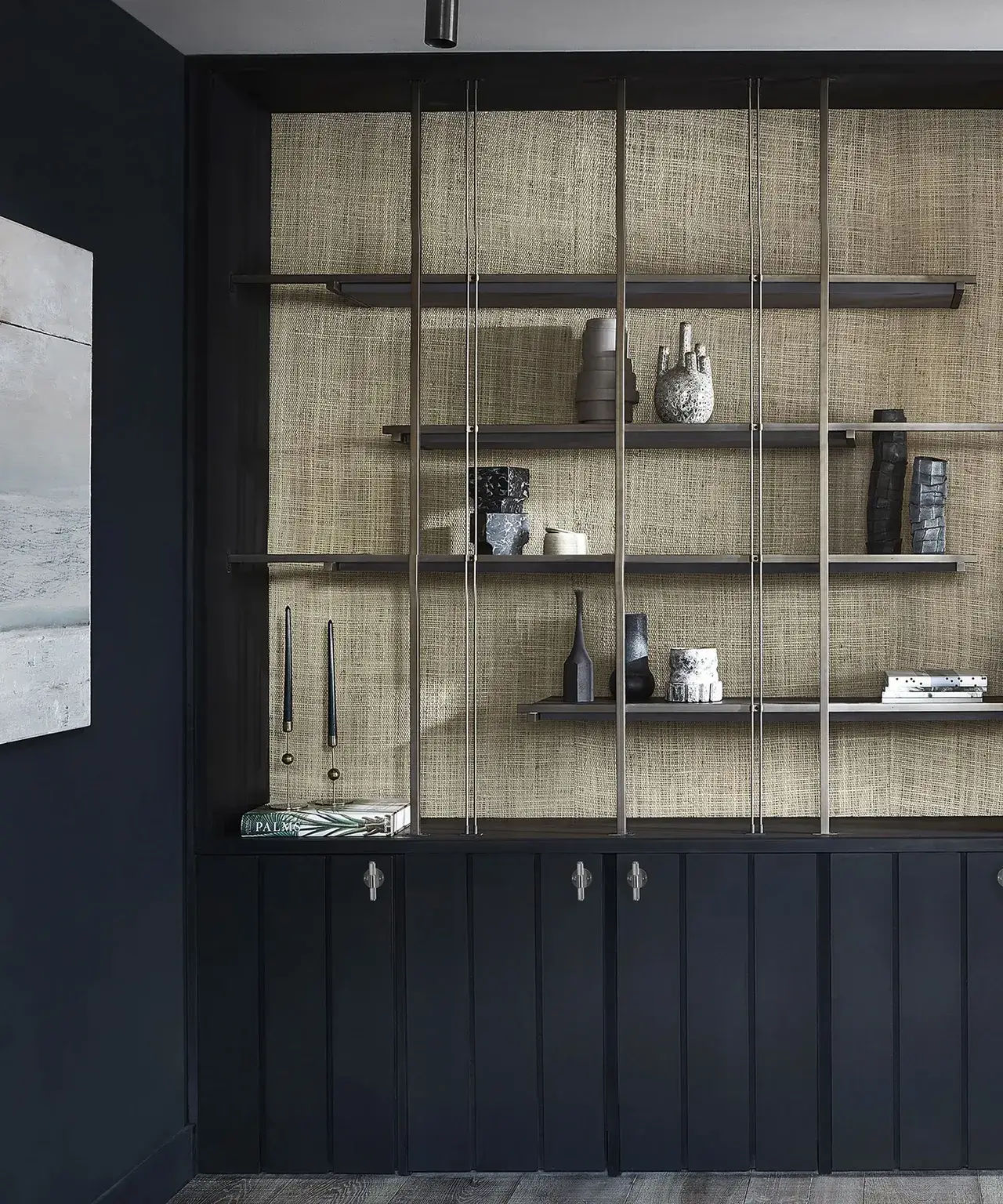
While brass, bronze, and rose gold have been prominent in recent years, silver, chrome, and steel are making a notable comeback. These cooler-toned metals offer a sleek, modern aesthetic that complements contemporary spaces.
Whether incorporated into lighting fixtures, furniture frames, or decorative accents, silver and chrome add a sense of refinement and sophistication to any room. These metals are particularly well-suited to minimalist and industrial designs, where their clean lines and shiny surfaces can shine without overpowering the space.
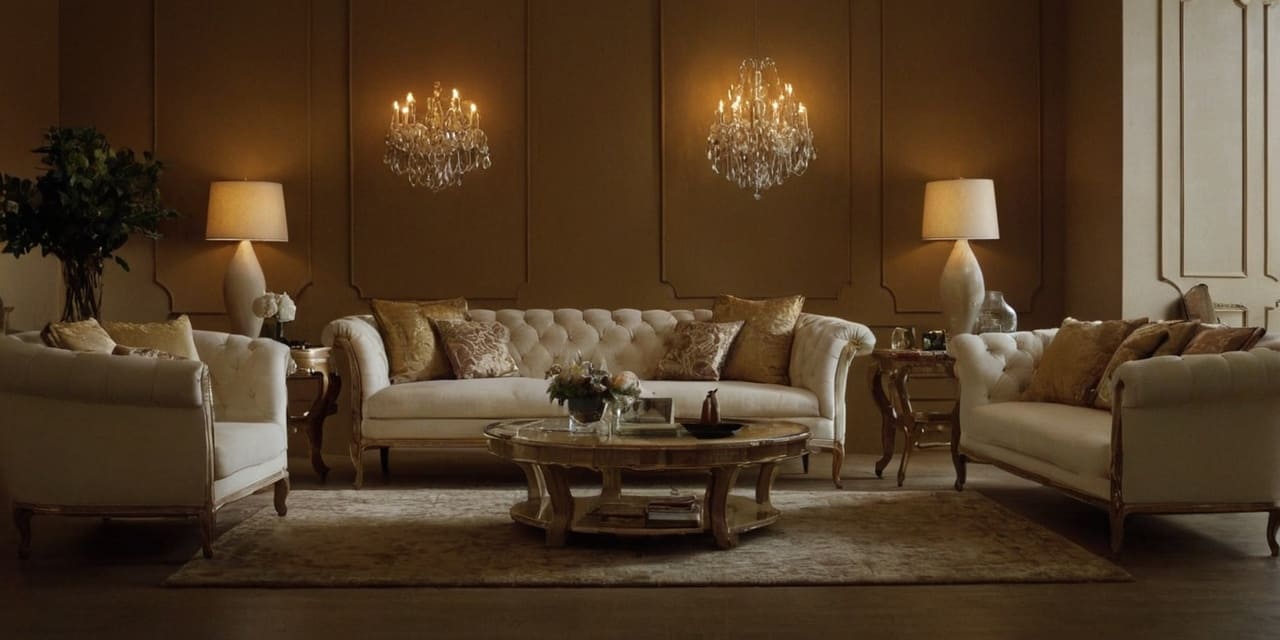

Leave a Reply